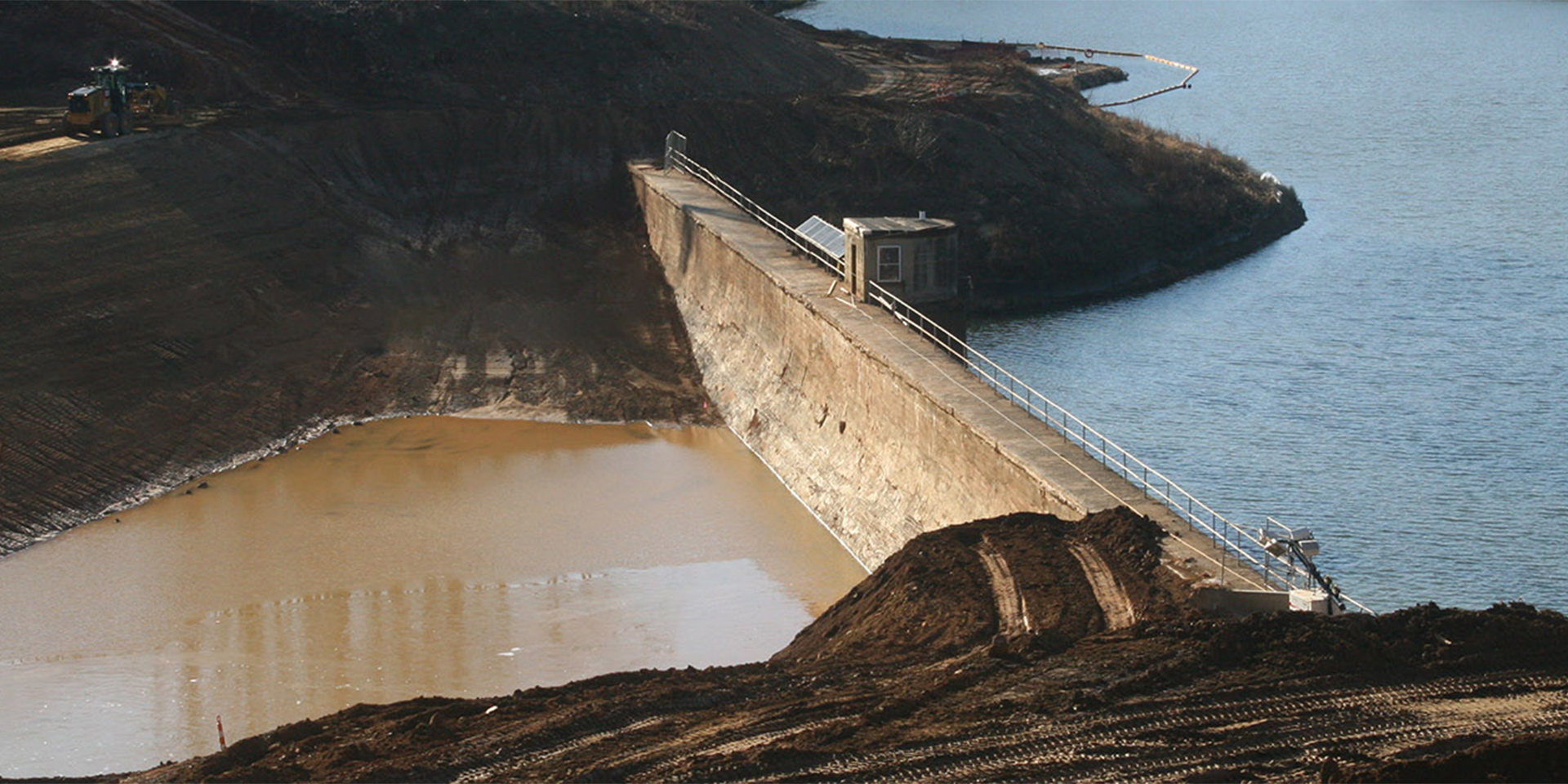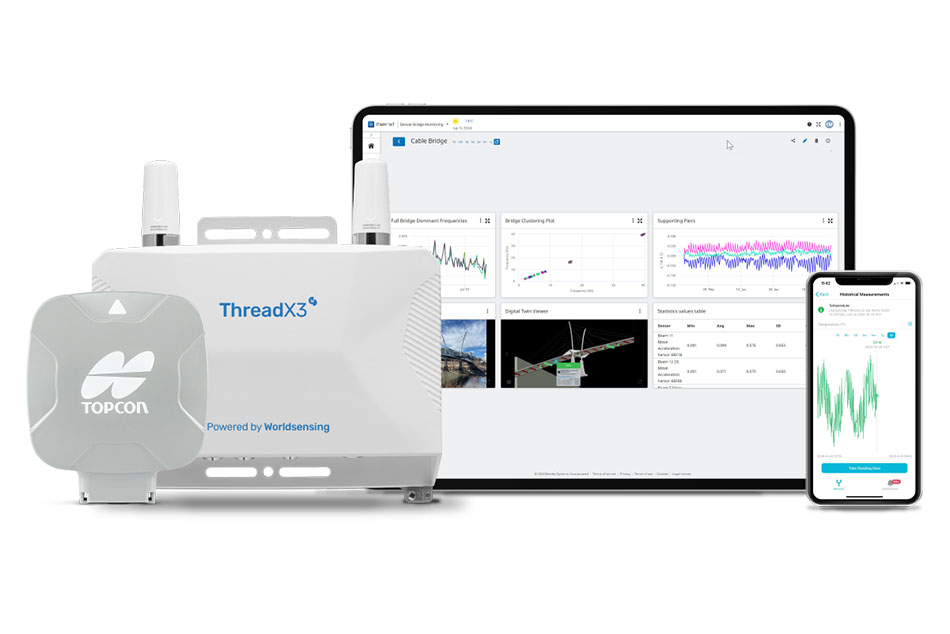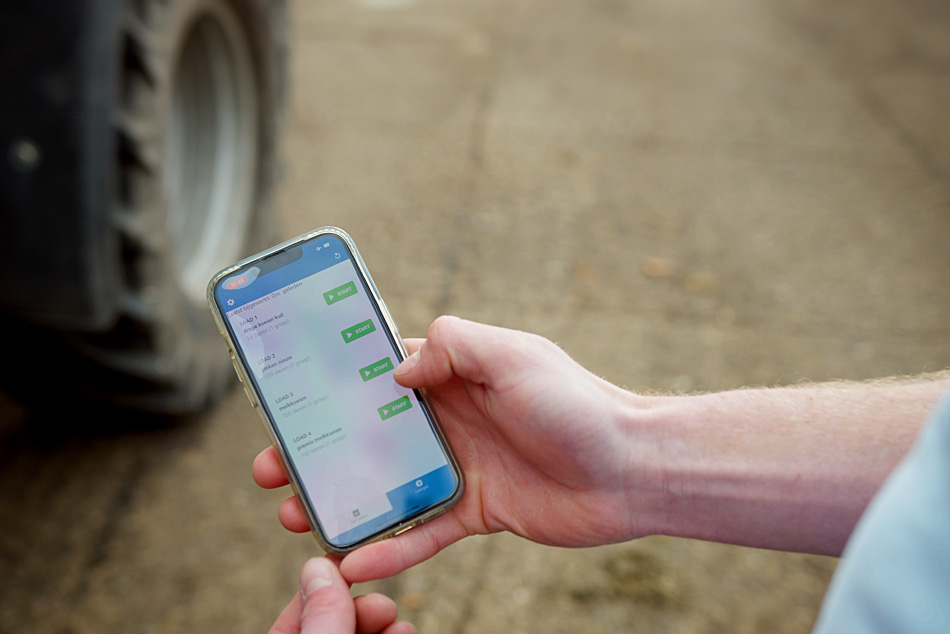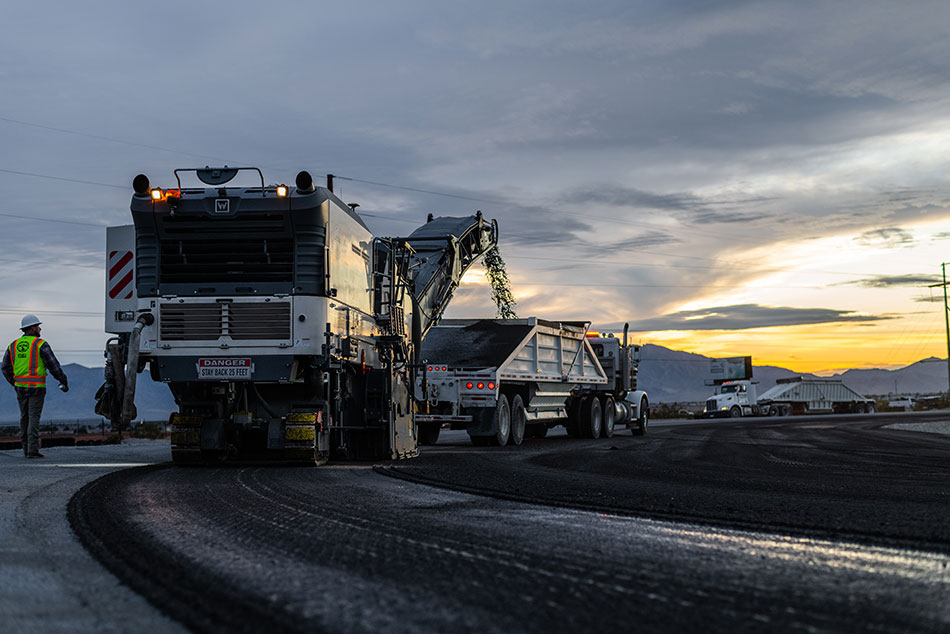When Hillsboro, North Carolina-based Thalle Construction Company decided to incorporate asset tracking into its operation, it did so on a massive $26 million earthen dam construction project. Called the New Ragged Mountain Dam, and located just west of Charlottesville, Virginia, the new dam will replace a pair of existing structures and provide additional water capacity for the area, according to project manager Andrew Wells.
“This job has a fairly tight window for completion,” he said. “We will be moving more than 700,000 cubic-yards of material by the time we are done and when you are moving anything of that volume, it’s critical to know where that material is going, how long it’s taking to get there, and so on.”
Antiquated methods
In this day of increasingly-sophisticated solutions to onsite challenges, it seems hard to believe that load counts are still often tracked using penciled tally marks on a sheet of paper — a practice that invites discrepancies, according to Topcon software sales specialist, Evan Monroe.
“Manual tallies are pretty basic but rely upon the attentiveness of the haul truck operator,” he said. “While most are good conscientious workers, there is always that possibility of error. And with the slim margins on today’s projects, there is simply no room for that.”
Wells agrees, adding that failure to accurately monitor how many loads are moving, can skew volume totals in one direction or the other, prompting the addition or removal of a truck to the operation.
“The average base rental for a haul truck is about $10,000 a month — a significant expense,” he said. “Add in the operator’s salary, the cost of fuel, and so on, and you’re looking at a $25,000-a-month ticket. Conversely, if those bogus numbers prompt you to cut a haul truck, onsite production will quickly suffer, costing big money on that end. It’s a system that needed fixing and that’s the basis of what HT-30 and Sitelink3D from Topcon are designed to do — that, and a whole lot more.”
"... when you are moving anything of that volume, it’s critical to know where that material is going, how long it’s taking to get there...”
Project Manager for Thalle Construction Company, Andrew Wells
One-two punch
The company has equipped two of its haul trucks — a Volvo 840D and a Volvo 835D — with Topcon HT-30 tracking/reporting systems. Those trucks continually feed data (load time, time to destination, drop time, type of material, etc.) out to the web-based Sitelink3D system.
“In the past, we would get a ‘snapshot’ of the job, by watching our trucks in action and, based on that, try to determine whether we had enough equipment — and the right type — assigned to the job,” said Wells. “Sitelink3D and the HT-30 system allow us to constantly monitor the load-to-unload cycles and then create reports (in both time and volumes) which will average it over any given period.”
Based on those reports, he said, they can immediately see that — if their haul trucks have been running non-stop, but production is still lagging — another truck needs to be added. If the report shows an hour of idle time per haul truck per day over a two-week period, they know they have one more truck than needed.
Wells said, “It’s also worth noting that having an automated collection and reporting system like this allows the drivers to better concentrate on what they need to do. This job site can be difficult to get around at times; keeping a load count or a material count is a distraction that driver doesn’t need.”
Sitelink3D in charge
At the site, Sitelink3D also collects information from Thalle’s 3D-MC2-equipped dozers as well as from several data collectors. In addition to being able to generate valuable progress or volume reports, the software allows file transfers and remote support on each connected machine. And, using Pocket3D, Topcon’s grade management system, Thalle’s survey personnel can connect to Sitelink3D and see activities such as topos in real-time in the office.
“These are benefits that can really add up,” Wells said. “Just having the ability to send updated files to our dozers, or look at the screen in one of the haul trucks without having to physically go out there is huge. And being able to have a real, verifiable sense of where we are from week-to-week is invaluable from a budgetary point of view. I even have a version of Sitelink3D installed on my phone, which allows me to look in on the project even when I’m away from the site.”
Expanding the effort
At the present time, Thalle has 3D-MC2 on two of its dozers and HT-30 on two haul trucks, but based on what they’ve seen thus far, said Wells, there are additional purchases looming in the future.
“For us, if we can optimize our equipment use, we know there will be an associated cost savings. We have some jobs in the works — including this one — that include some big cuts with tight grade requirements. To be able to do that without a dozer, will save me that other piece; again, it’s about optimized use. We are fortunate to have management in place that, based on what we’ve done here at the dam, are behind this push; they already know it’s the right thing to do.”















